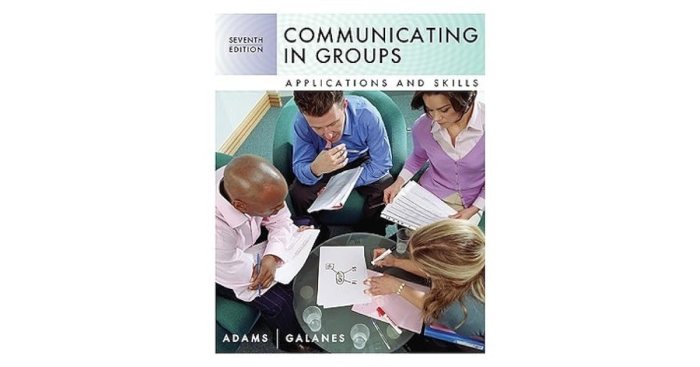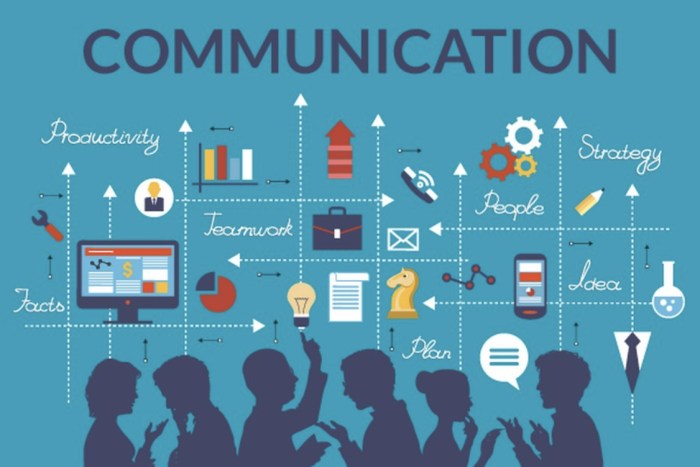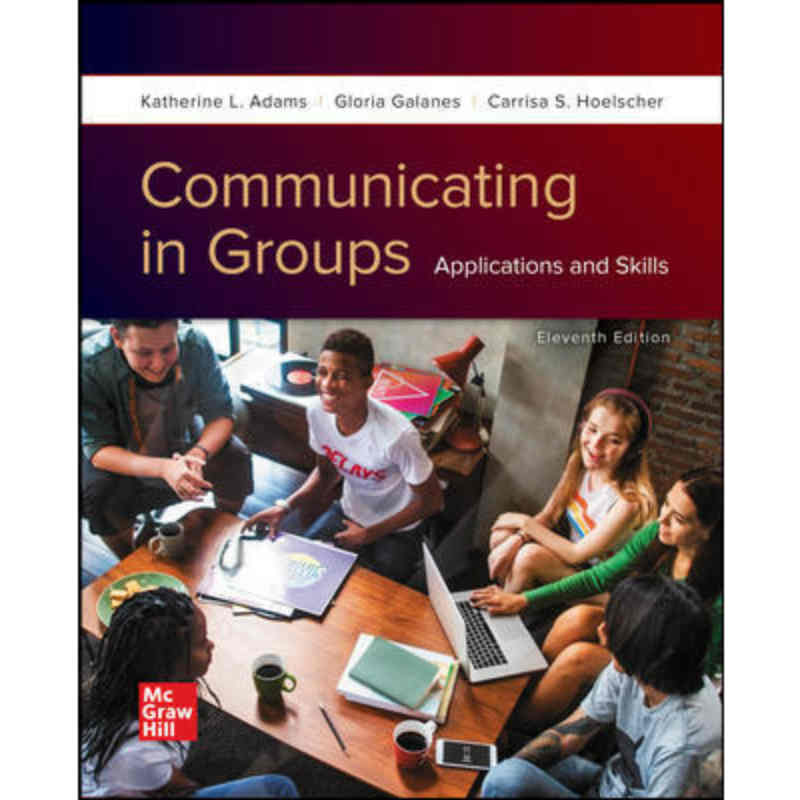Communicating in groups applications and skills 11th edition – Communicating in Groups: Applications and Skills, 11th Edition provides a comprehensive overview of the essential principles and practices of effective group communication. This authoritative text explores the complexities of group dynamics, equipping readers with the knowledge and skills necessary to navigate the challenges and maximize the benefits of communicating in group settings.
Through a blend of theoretical insights and practical applications, this book delves into the various types of groups, their communication patterns, and the factors that contribute to their success or failure. It emphasizes the importance of active listening, constructive feedback, and conflict management, highlighting the crucial role of nonverbal communication in group interactions.
Communicating in Groups: An Overview

Group communication refers to the exchange of information, ideas, and feelings among three or more individuals who share a common goal or purpose. It plays a vital role in various aspects of our lives, including business, education, and social interactions.
Understanding the dynamics of group communication is crucial for effective collaboration, decision-making, and problem-solving.
There are different types of groups, each with unique communication patterns. Formal groups, such as work teams or committees, have a defined structure and hierarchy. Informal groups, such as friendship groups or social circles, are more fluid and have less structure.
The communication patterns within groups can vary depending on factors such as group size, culture, and the nature of the task.
Communicating in groups presents both challenges and benefits. Challenges include managing diverse perspectives, overcoming communication barriers, and resolving conflicts. Benefits include increased creativity, enhanced decision-making, and improved problem-solving.
Effective Communication Skills for Groups
Effective group communication requires a combination of verbal and nonverbal skills. Active listening involves paying full attention to others, understanding their perspectives, and providing feedback. Constructive feedback is delivered in a respectful and supportive manner, focusing on specific behaviors or ideas rather than personal attacks.
Conflict management involves recognizing and addressing disagreements in a constructive and collaborative way.
Nonverbal communication plays a significant role in group settings. Body language, eye contact, and facial expressions can convey important messages and influence the dynamics of the group. Understanding and interpreting nonverbal cues can enhance communication and foster a positive group atmosphere.
Applications of Group Communication
Group communication is used in various settings, including:
- Business:Team meetings, brainstorming sessions, and negotiations
- Education:Classroom discussions, group projects, and online forums
- Social groups:Family gatherings, friendship circles, and community organizations
Group communication can be used to achieve specific goals, such as:
- Solving problems
- Making decisions
- Building relationships
- Exchanging information
Developing and Maintaining Effective Groups

Effective groups are characterized by open communication, mutual respect, and a shared sense of purpose. Factors that contribute to effective group development and maintenance include:
- Clear goals and objectives:Groups with明確的目標 dan tujuan memiliki arah yang jelas dan dapat fokus pada hasil yang diinginkan.
- Diverse perspectives:Groups with diverse perspectives can generate a wider range of ideas and solutions.
- Effective leadership:Group leaders play a crucial role in facilitating communication, managing conflict, and motivating members.
- Positive group norms:Groups with positive norms, such as respect and open-mindedness, foster a supportive and productive environment.
- Bridging geographical distances:Video conferencing and instant messaging allow groups to communicate and collaborate from different locations.
- Sharing information and resources:Online platforms and document sharing tools facilitate the exchange of information and materials among group members.
- Facilitating decision-making:Voting tools and online polls can help groups reach consensus and make decisions more efficiently.
- Increased use of technology:Technology will continue to play a significant role in enhancing group communication and collaboration.
- Emphasis on diversity and inclusion:Groups will become more diverse, and communication strategies will need to be adapted to accommodate different perspectives and cultural backgrounds.
- Focus on emotional intelligence:The importance of emotional intelligence in group communication will be increasingly recognized, as it helps individuals manage conflict, build relationships, and create a positive group climate.
Case Studies and Examples

Case studies and examples can illustrate the complexities and dynamics of group communication. Analyzing effective and ineffective group communication strategies can provide valuable insights into the factors that contribute to successful group outcomes.
Technology and Group Communication: Communicating In Groups Applications And Skills 11th Edition

Technology can enhance group communication by:
Future Trends in Group Communication
Emerging trends in group communication include:
Detailed FAQs
What are the key elements of effective group communication?
Effective group communication relies on active listening, constructive feedback, conflict management, and nonverbal cues.
How can technology enhance group communication?
Technology can facilitate group communication through video conferencing, instant messaging, and collaborative tools, enabling real-time interactions and information sharing.
What are the benefits of using group communication to solve problems?
Group communication fosters diverse perspectives, encourages brainstorming, and allows for the evaluation of multiple solutions, leading to more comprehensive problem-solving.